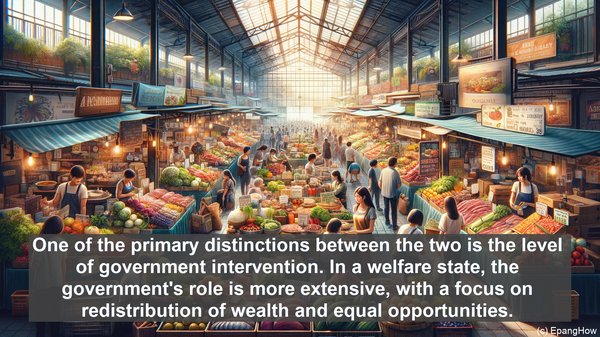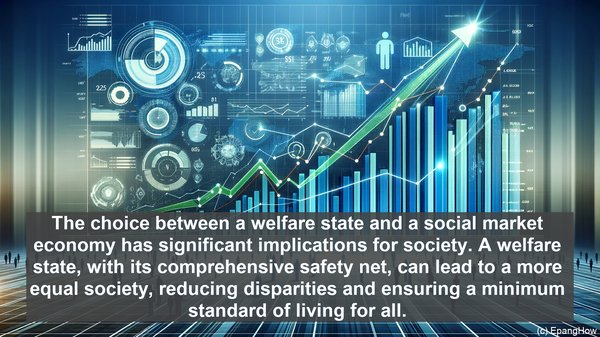Introduction
Hello everyone, and welcome to today’s article! When discussing economic systems, two terms that often come up are the welfare state and the social market economy. While they may seem similar, they have crucial differences that define their functioning and outcomes. So, let’s dive in and explore these concepts in detail.
Defining the Welfare State
A welfare state is an economic model where the government plays a significant role in ensuring the well-being of its citizens. It aims to provide a safety net through various social programs, such as healthcare, education, and unemployment benefits. The underlying principle is that everyone, regardless of their socio-economic background, should have access to essential services and support. This is often achieved through a progressive tax system, where the wealthy contribute more to fund these programs.
The Social Market Economy
On the other hand, a social market economy combines elements of both a free market system and social policies. It emphasizes competition and entrepreneurship, but also recognizes the need for social protection. In this model, the government sets regulations and standards to ensure fair competition, prevent monopolies, and safeguard consumer rights. It also provides a safety net through social security programs, albeit to a lesser extent than a welfare state.

Key Differences
One of the primary distinctions between the two is the level of government intervention. In a welfare state, the government’s role is more extensive, with a focus on redistribution of wealth and equal opportunities. In a social market economy, while the government sets the framework, it allows market forces to play a more significant role. This can result in a more dynamic and flexible economy, but with potential disparities in wealth distribution.
Similarities and Overlaps
Despite their differences, the welfare state and the social market economy share common goals. Both aim to achieve social justice, albeit through different means. They recognize the importance of providing basic services and support to all citizens. Additionally, both models require a robust taxation system to fund their initiatives, although the extent and structure of taxation may vary.

Implications for Society
The choice between a welfare state and a social market economy has significant implications for society. A welfare state, with its comprehensive safety net, can lead to a more equal society, reducing disparities and ensuring a minimum standard of living for all. However, it may also face challenges in terms of sustainability and potential disincentives to work. On the other hand, a social market economy, with its emphasis on market forces, can drive innovation and economic growth. However, it may require individuals to be more self-reliant and can result in income inequalities.
